Where to Fish for Monster Bass in the American South
The American South is a bass angler’s paradise, offering some of the finest trophy bass fishing opportunities in the world. From sprawling reservoirs to hidden backwater bayous, southern waters consistently produce trophy largemouth bass exceeding 10 pounds. The region’s mild climate, extended growing seasons, and nutrient-rich ecosystems create perfect conditions for bass to reach massive proportions. Whether you’re a seasoned tournament angler or a weekend warrior seeking the catch of a lifetime, the South holds countless opportunities to hook into genuine monsters. This comprehensive guide explores the premier bass fishing destinations across the southern United States, highlighting the best lakes, reservoirs, and river systems where trophy bass thrive.
Lake Guntersville, Alabama
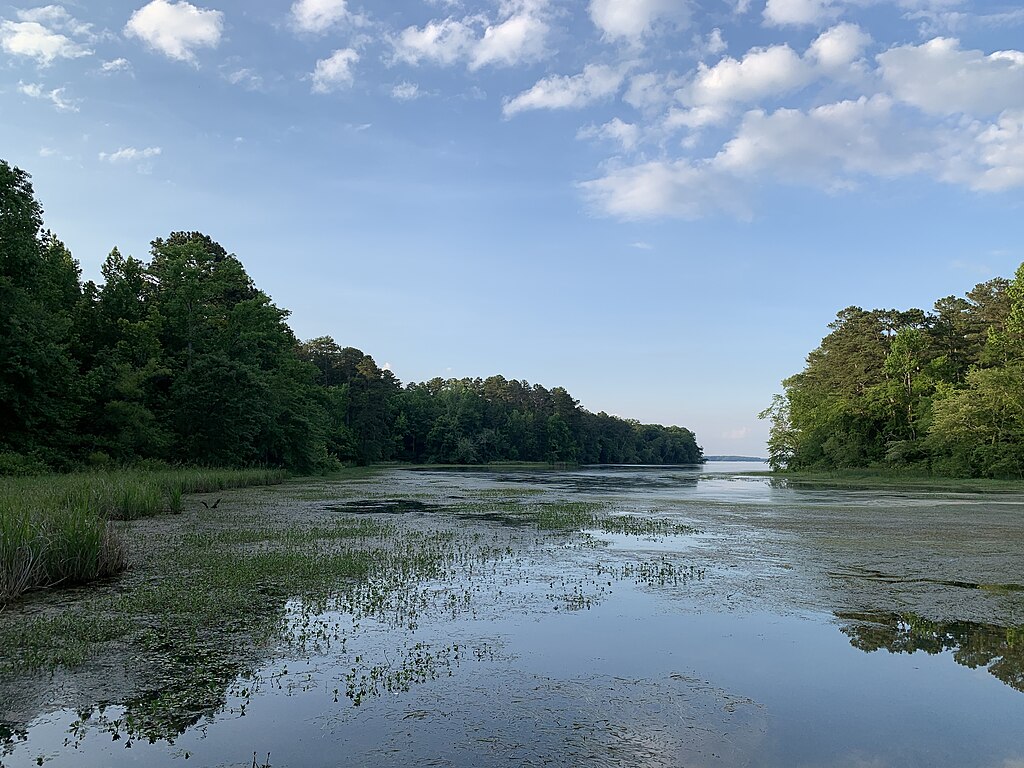
Located in northeastern Alabama, Lake Guntersville spans 69,000 acres and consistently ranks among the nation’s top bass fisheries. The Tennessee River impoundment features extensive hydrilla and milfoil beds that provide perfect habitat for monster largemouth bass to ambush prey. Spring and fall periods offer exceptional trophy potential, with March through May seeing many double-digit bass caught during the spawn. The lake’s numerous creek arms, like Browns Creek and North Sauty, are particularly productive for trophy hunters targeting ledges and grass lines. Local guides report that Guntersville’s biggest bass often come from fishing deep ledges adjacent to shallow flats during seasonal transitions.
Lake Okeechobee, Florida
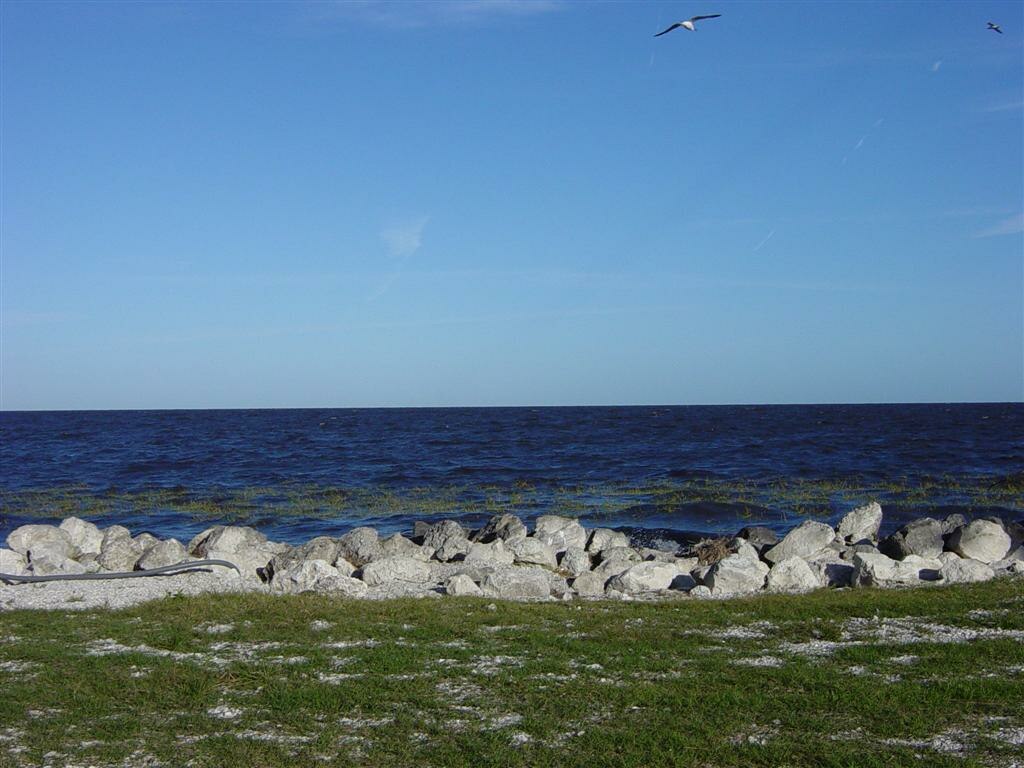
Known as “The Big O,” Lake Okeechobee is Florida’s largest freshwater lake and a legendary destination for trophy bass. Covering approximately 730 square miles, this massive natural lake features endless miles of bulrush, hyacinth, and hydrilla that harbor some of the biggest bass in the Sunshine State. The lake’s western and southern regions, particularly around Observation Shoal and the Kissimmee River mouth, consistently produce double-digit bass. February through April represents prime time for trophy hunters as Florida-strain largemouth move shallow to spawn. The lake’s rich forage base, including golden shiners and tilapia, contributes to exceptional bass growth rates, with specimens exceeding 13 pounds caught annually.
Toledo Bend Reservoir, Louisiana/Texas

Straddling the Louisiana-Texas border, Toledo Bend’s 185,000 acres have earned multiple designations as Bassmaster Magazine’s #1 bass lake in America. This massive impoundment features countless creek channels, standing timber, and vast hydrilla beds that provide perfect habitat for growing trophy largemouth. The reservoir’s southern end, particularly around the Indian Creek and Six Mile areas, consistently produces giants in the 10-13 pound class. Late winter through early spring offers peak trophy potential, though the reservoir’s deep structure holds monster bass year-round. Toledo Bend’s ShareLunker program has documented numerous bass exceeding 10 pounds, with several specimens topping the coveted 13-pound mark in recent years.
Lake Fork, Texas
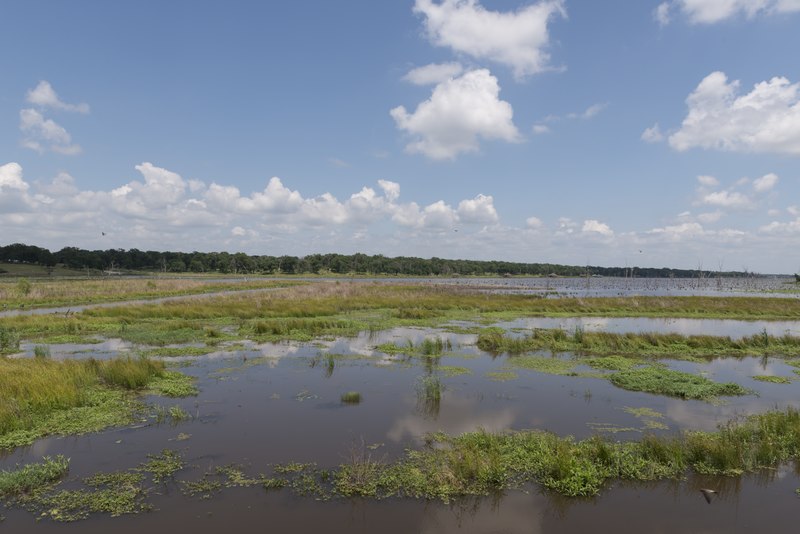
No discussion of monster bass destinations would be complete without mentioning Lake Fork, the undisputed king of trophy bass production in Texas. This 27,690-acre reservoir near Quitman has produced more than 65% of the Texas state record entries in the ShareLunker program, including bass exceeding 18 pounds. The lake’s strict slot limit (16-24 inches must be released) has protected prime spawning-age females for decades, resulting in an extraordinary trophy bass fishery. Lake Fork’s countless timber-filled coves, creek channels, and submerged roadbeds provide perfect habitat structure for growing trophy bass. February through April represents the prime window for giants, though the lake produces double-digit bass year-round for anglers targeting deep structure with large swimbaits and soft plastics.
Sam Rayburn Reservoir, Texas
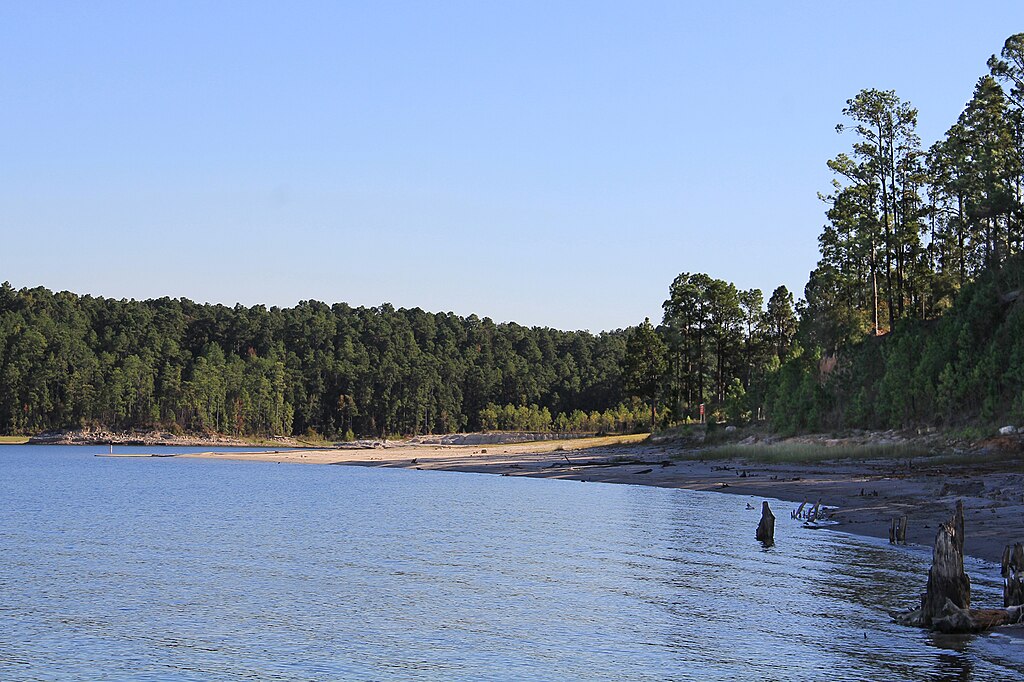
Affectionately known as “Big Sam,” this 114,500-acre East Texas reservoir consistently ranks among America’s premier trophy bass destinations. The reservoir’s extensive hydrilla beds, submerged timber, and creek channels create a perfect habitat for bass exceeding 10 pounds. The northern portions of the lake, particularly around Veach Basin and the Angelina River channel, have historically produced the largest specimens. March and April offer peak trophy potential when giant pre-spawn females stage on points adjacent to spawning flats. Sam Rayburn’s rich forage base, including abundant gizzard shad and bluegill populations, fuels exceptional growth rates for Florida-strain largemouth, with specimens exceeding 13 pounds recorded in recent tournament competition.
Chickamauga Lake, Tennessee

This 36,240-acre Tennessee River impoundment has emerged as one of the South’s premier trophy bass factories over the past decade. The introduction of Florida-strain bass genetics combined with abundant grass and ideal forage has transformed “Chick” into a legitimate trophy destination. The lake regularly produces bass exceeding 10 pounds, with several specimens topping 14 pounds caught in recent years. The lower lake section near Soddy Creek and the mid-lake area around Harrison Bay offer particularly good trophy potential. Spring sees the highest numbers of trophy bass caught, though winter months often produce the year’s largest specimens for anglers targeting transitional areas with Alabama rigs and oversized swimbaits.
Lake Seminole, Georgia/Florida

Situated on the Georgia-Florida border, Lake Seminole’s 37,500 acres have long been recognized as a trophy bass factory. The confluence of the Chattahoochee and Flint Rivers creates a diverse habitat featuring massive grass beds, submerged timber, and river channel ledges that grow exceptional largemouth. The lake’s Spring Creek arm consistently produces the biggest bass, with February through April offering peak trophy potential. Seminole’s abundant hydrilla and eelgrass beds provide perfect cover for ambush predators, while the lake’s healthy populations of shad and bream fuel rapid growth rates. Local guides report that Seminole’s biggest bass often exceed 12 pounds, with the potential for 14-pound-class fish present every spring.
Santee Cooper Lakes, South Carolina

The Santee Cooper lake system, comprising Lakes Marion and Moultrie, has a storied reputation for producing monster largemouth bass. These lakes first gained national attention in the 1940s when the flooded cypress forests created a perfect habitat for rapidly growing bass populations. While the timber has diminished over the decades, the lakes still feature extensive stump fields, creek channels, and vegetation that harbor double-digit bass. The upper portion of Lake Marion and lower Lake Moultrie consistently produce the largest specimens, with February through April offering prime trophy potential. The lake system’s abundant forage base, including massive schools of blueback herring, contributes to exceptional growth rates for largemouth, with bass exceeding 12 pounds caught annually.
Falcon Lake, Texas
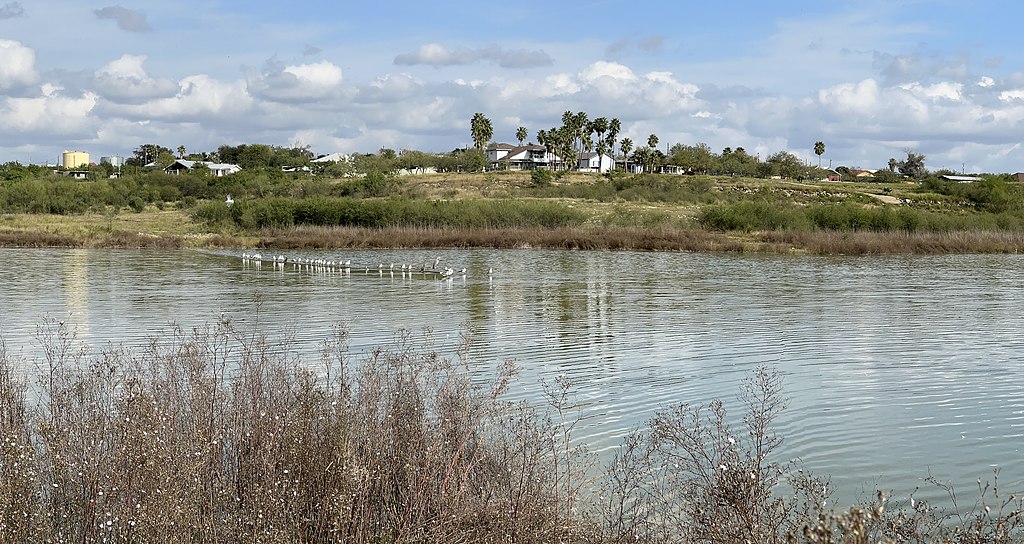
This 83,654-acre Rio Grande impoundment on the Texas-Mexico border has earned legendary status among trophy bass anglers. Despite fluctuating water levels, Falcon consistently produces staggering numbers of bass exceeding 8 pounds, with double-digit fish commonplace during good water years. The lake’s submerged brush, rocky points, and flooded timber provide perfect habitat structure, while abundant tilapia populations fuel exceptional growth rates. The lake’s northern creek arms, including Veleno and Chapeno, have historically produced the largest specimens. March and April represent peak trophy seasons, though winter months often see the year’s largest bass caught by anglers fishing deep structure with large swimbaits and Carolina-rigged lizards.
Ross Barnett Reservoir, Mississippi
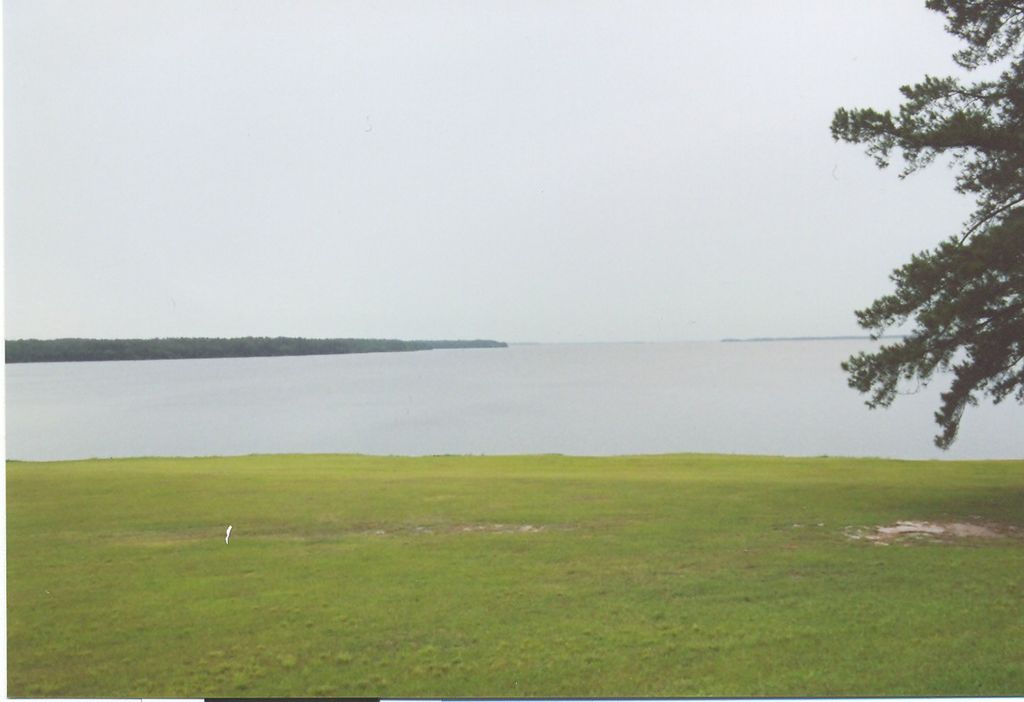
This 33,000-acre impoundment of the Pearl River near Jackson, Mississippi, has emerged as one of the region’s most consistent producers of trophy largemouth bass. The reservoir’s expansive pad fields, riprap banks, and river channel ledges provide diverse habitat for growing trophy bass. The upper reservoir’s backwater areas, particularly in Pelahatchie Bay and Cane Creek, regularly produce double-digit specimens during the spring spawn. The reservoir’s healthy populations of gizzard shad and bluegill support rapid growth rates for the Florida-strain largemouth that have been stocked for decades. Local tournament anglers report that Ross Barnett’s biggest bass often come from fishing isolated wood cover adjacent to deeper water, particularly during late winter and early spring.
Lake Istokpoga, Florida
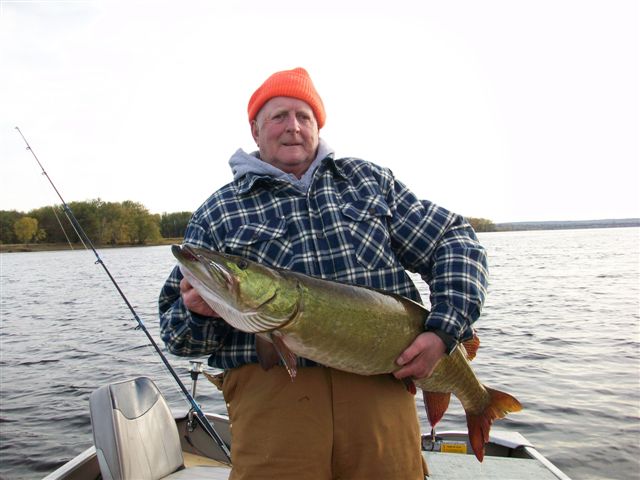
This 27,692-acre natural lake in Highlands County represents one of central Florida’s most overlooked trophy bass fisheries. While neighboring Lake Okeechobee gets more attention, Istokpoga consistently produces giant Florida-strain largemouth exceeding 10 pounds. The lake’s extensive bulrush and spatterdock fields provide perfect spawning habitat, while offshore hydrilla beds hold trophy bass throughout the year. The lake’s northeastern region around Istokpoga Park and the southwestern shoreline near Henderson’s Cove are particularly productive for trophy hunters. January through March represents prime time for giants, with numerous bass exceeding 12 pounds caught annually during the spawn. The lake’s healthy populations of golden shiners and tilapia support exceptional growth rates, with local guides reporting multiple 13-pound-class fish caught in recent seasons.
Caddo Lake, Texas/Louisiana

This 26,810-acre natural lake straddling the Texas-Louisiana border offers one of the South’s most unique trophy bass experiences. Unlike most southern impoundments, Caddo features a primeval landscape of cypress trees draped in Spanish moss, creating a maze-like environment that harbors monster largemouth. The lake’s Texas side, particularly around Big Cypress Bayou and Carter’s Chute, consistently produces the largest specimens. February through April offers prime trophy potential when giants move to shallow cypress stands to spawn. While not producing the numbers of double-digit bass found in some other southern reservoirs, Caddo’s mystique and the potential for truly exceptional specimens exceeding 13 pounds make it a bucket-list destination for serious trophy hunters.
Best Seasonal Approaches for Southern Trophy Bass

Successful trophy bass fishing in the South requires understanding seasonal patterns that influence giant bass behavior. Winter finds the year’s largest specimens often holding on deep structure adjacent to spawning flats, making deep-diving crankbaits and large swimbaits particularly effective. Late winter through early spring represents the prime trophy window across the region as female bass reach their heaviest pre-spawn weights and become more aggressive. Summer pushes trophy bass to offshore structure and deeper grass lines, where slow-rolled swimbaits and large plastic worms produce quality bites during early morning and evening periods. Fall sees trophy bass following baitfish migrations into creek arms, with topwater presentations and spinnerbaits becoming increasingly effective as water temperatures cool. Across all seasons, focusing fishing efforts during major lunar phases significantly increases trophy potential.
Conclusion
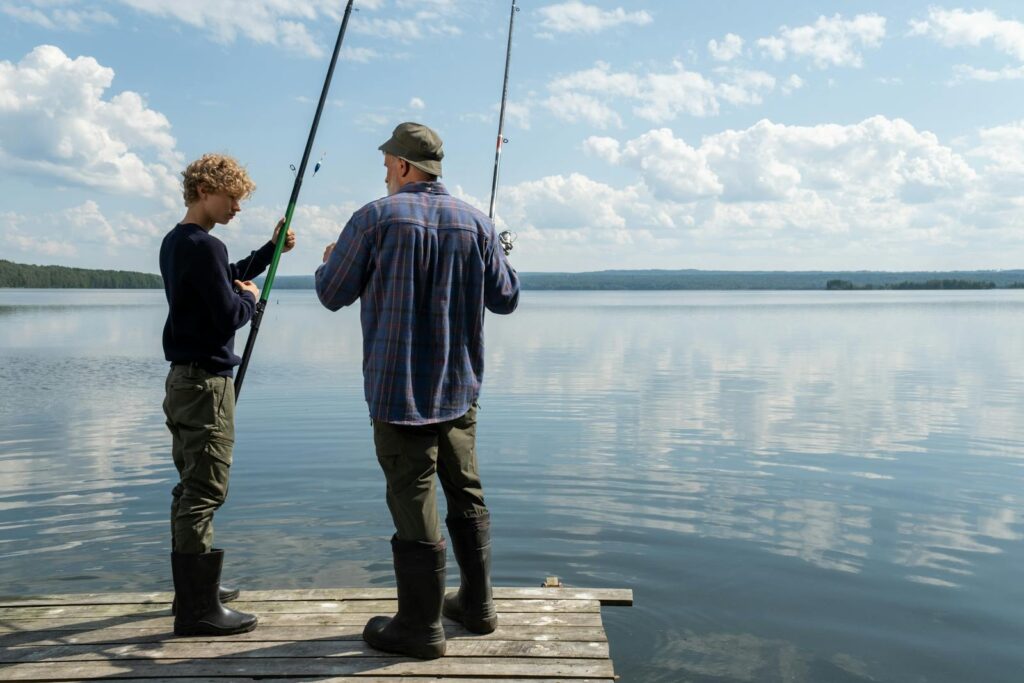
The American South remains unrivaled in its ability to produce truly exceptional largemouth bass. The region’s combination of favorable climate, diverse aquatic habitat, and progressive fisheries management has created a trophy bass paradise spanning multiple states. While this guide highlights twelve premier destinations, countless other southern waters hold the potential for the catch of a lifetime. The most successful trophy hunters combine seasonal knowledge with patience and persistence, understanding that genuine monster bass represent rare specimens requiring specialized approaches. Whether you’re casting a big swimbait at Lake Fork, flipping heavy vegetation at Okeechobee, or working a jig through Guntersville’s grass lines, the southern United States offers bass anglers the best opportunity anywhere to connect with the fish of a lifetime.
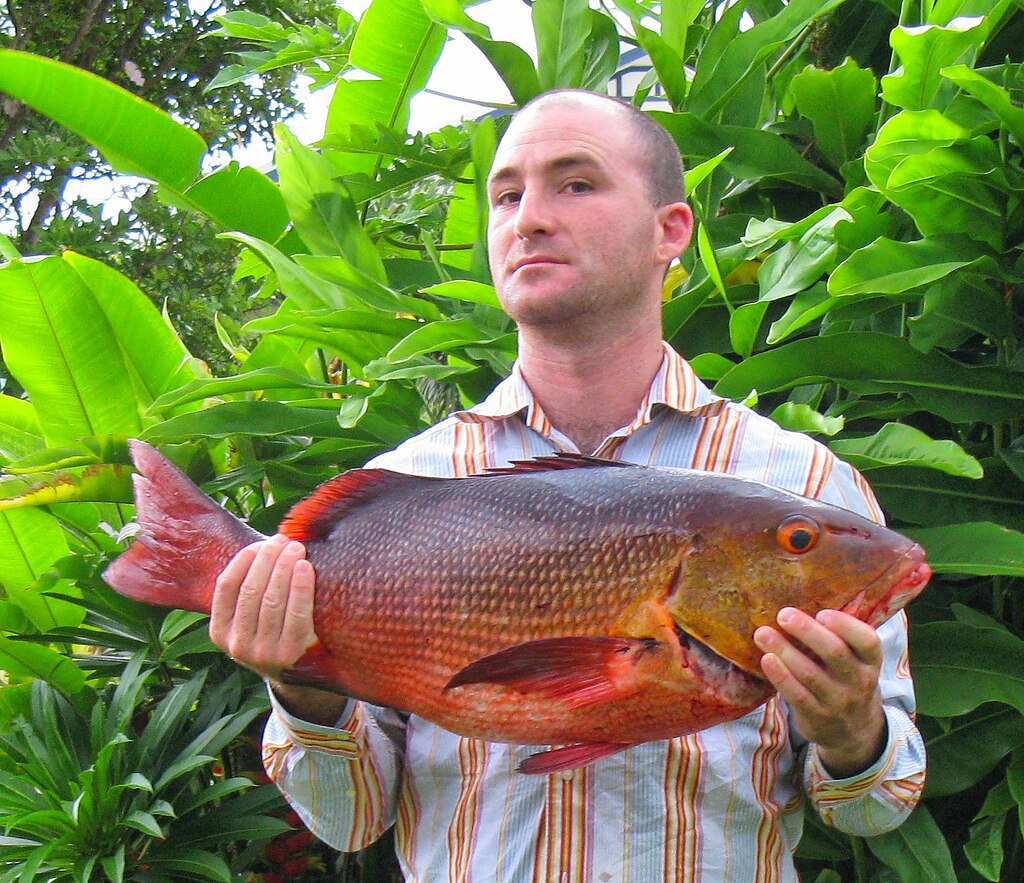

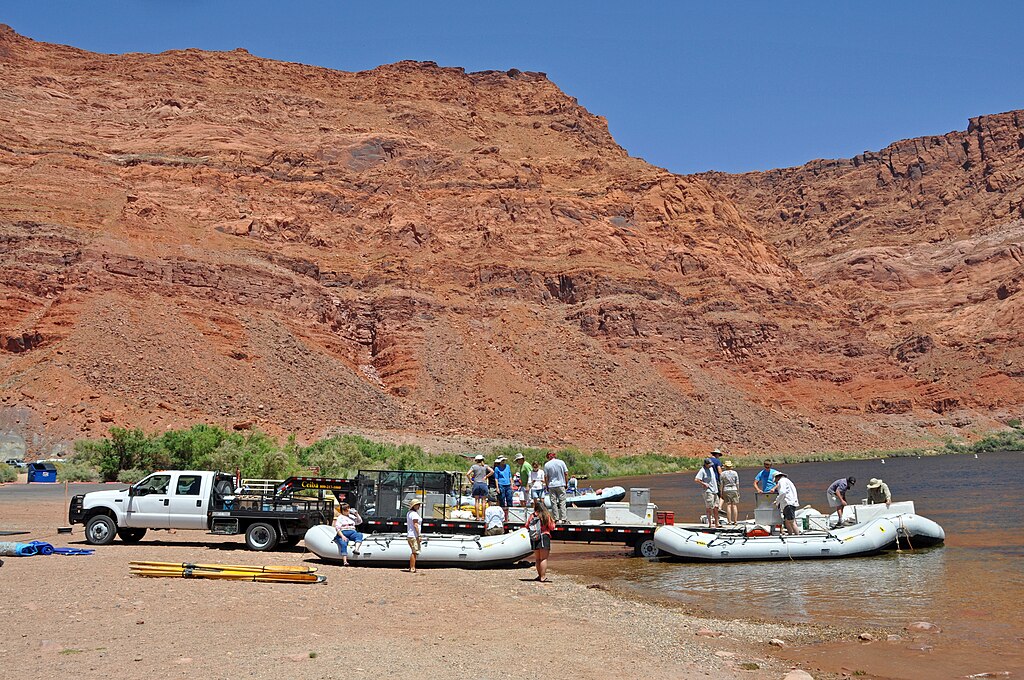











Post Comment